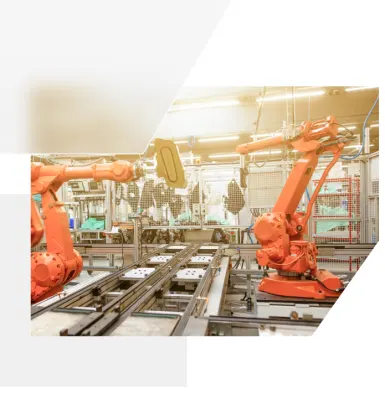
Automotive & Industrial Consulting
SHANGHAI (July 03, 2025) – As the global auto industry faces unprecedented disruption, China’s leading NEV (new-energy vehicle) players are not only weathering the storm, but also emerging as the driving force behind the sector’s worldwide transformation with a “New Operating Model,” setting new standards for speed, efficiency, and innovation. That’s according to the 2025 AlixPartners Global Automotive Outlook, the global consulting firm’s annual in-depth industry analysis.
This 22nd edition delivers a stark review of a century-old industry now being buffeted by slow growth, stubbornly high costs, stranded EV investments in the West, and the rise of technology- and cost-leadership from leading Chinese NEVs. Suppliers and OEMs should continue to look to the lessons learned from the winners in the China market for guidance on how to transform at home.
Key findings from the Outlook for China:
“China is one of the most competitive NEV markets in the world, with intense price wars, rapid innovation, and new entrants constantly raising the bar. This environment has driven remarkable advances in technology and cost efficiency, but it has also left many companies struggling to achieve sustainable profitability. As growth slows at home and global trade barriers rise, Chinese EV makers must focus on building strong brands, investing in advanced technologies like autonomous driving, and localizing operations in key international markets. Only those who can adapt quickly, scale efficiently, and navigate both domestic and global headwinds will continue to thrive on the world stage,” said Dr. Stephen Dyer, Asia Leader of the Automotive and Industrial Practice at AlixPartners.
AlixPartners projects that China’s NEV market will see notable consolidation as it matures, with only the most competitive brands expected to succeed in the coming years. Of the 129 brands selling NEVs in 2024, 15 are forecast to attain financial viability by 2030, capturing three-fourths of total NEV market share. Encouragingly, some leading NEV players have already achieved full-year profitability, highlighting the potential for sustainable growth as the sector develops. While some brands are likely to exit or consolidate, these changes are set to create a more competitive and innovative landscape for China’s NEV industry—driven by a new operating model focused on speed, cost efficiency, and agile decision-making.
The Outlook identifies two key actions that automakers can adopt to navigate the challenges ahead:
A key requirement is fully understanding and capitalizing on the advanced-mobility revolution, including ADAS (advanced-driver-assistance-systems). China now is leading on in-car technology, from NEVs to ADAS, not simply on cost. The Outlook notes that growth in the global ADAS market is outpacing that of traditional vehicles, and forecasts that it will reach $50 billion by 2030, with China’s market share growing to 45%.
Despite ongoing price competition, Chinese NEV brands are leveraging cost advantages and non-price incentives such as insurance subsidies, cash rebates, and zero-interest financing to maintain market share and support consumer affordability.
Another is harnessing the power of AI-enabled solutions to improve operations at automakers and suppliers, which can cut traditional development times and verification costs by 20%.
More than 40 years have passed since the last revolution of platform-based design and modularization. And today, with the rapid advancement of artificial intelligence (AI) and growing demands from manufacturers for both greater efficiency and product variety, the automotive industry has reached a pivotal moment—both technologically and in the market— a new revolution. This fourth revolution will increasingly be led by AI rather than humans, ultimately paving the way for the realization of the truly unmanned factory.
“Chinese OEM exports have slowed due to tariffs and geopolitical uncertainty, but the export of China’s “New Operating Model”—driven by partnerships and joint ventures—is gaining traction. This model allows automakers to launch vehicles twice as fast, with 40–50% less investment and a 30% cost advantage, alongside rapid growth in smart manufacturing. As the next-generation automotive manufacturing evolves, OEMs must navigate shifting investment priorities, infrastructure constraints, and talent transformation, to deploy AI with precision.” said Yichao Zhang, Partner of the Greater China Automotive Practice at AlixPartners.
Careful selection and adoption of AI-enabled tools is key to enabling the agility required to navigate shifting market conditions, says the Outlook. It notes that AlixPartners’ client engagements have identified paths to trim up to eight months from a typical five-year product-development cycle with AI-driven design and testing, and trim 20% from verification and validation (V&V) costs. This closed about a third of the gap to benchmark Chinese NEV automakers’ product development timing.
Contact:
Claire Cheung, AlixPartners
+852 9032 9080
About AlixPartners
AlixPartners is a results-driven global consulting firm that specializes in helping businesses successfully address their most complex and critical challenges. Our clients include companies, corporate boards, law firms, investment banks, private equity firms, and others. Founded in 1981, AlixPartners is headquartered in New York and has offices in more than 20 cities around the world. For more information, visit www.alixpartners.com.